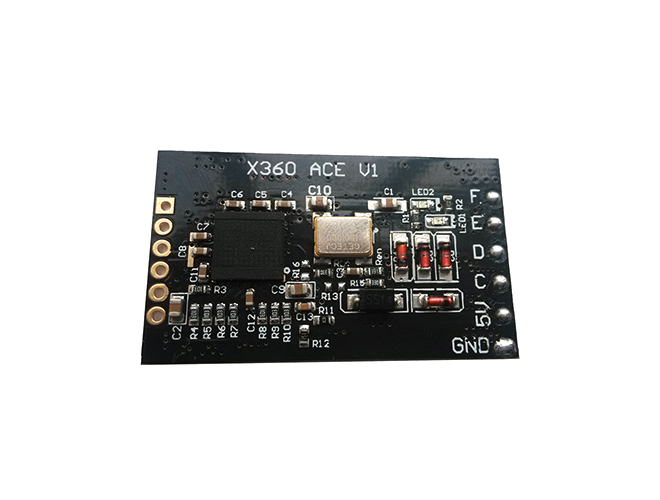-
CN
-
Service Hotline
+8618129931046 Mr. Liao


Time:2025-06-06 Views:1

The heat sink installation design on double - sided printed circuit boards (PCBs) is of great significance for maintaining the normal operating temperature of electronic components and ensuring the reliability and longevity of the PCB - based systems.
Heat generation is a common issue in electronic circuits, especially when components such as microprocessors, power transistors, and integrated circuits operate at high power levels. Double - sided PCBs, with components mounted on both sides, can generate a significant amount of heat, and effective heat dissipation is crucial. The first consideration in heat sink installation design is the selection of an appropriate heat sink. Factors such as the size, shape, material, and heat dissipation capacity of the heat sink need to be carefully evaluated based on the power consumption and heat - generating characteristics of the components on the double - sided PCB.
Aluminum and copper are commonly used materials for heat sinks due to their high thermal conductivity. Aluminum heat sinks are lightweight and cost - effective, making them suitable for many general - purpose applications. Copper heat sinks, on the other hand, have even higher thermal conductivity, providing better heat dissipation performance but at a higher cost and weight. The shape of the heat sink, such as fins or pins, also affects its heat dissipation efficiency. Finned heat sinks increase the surface area in contact with the air, enhancing convective heat transfer.
When installing a heat sink on a double - sided PCB, proper mounting methods are essential. One common approach is to use thermal interface materials (TIMs), such as thermal paste or thermal pads, between the heat - generating component and the heat sink. These TIMs fill the microscopic gaps between the component and the heat sink, improving the thermal contact and facilitating more efficient heat transfer. The heat sink can then be mechanically attached to the PCB using screws, clips, or adhesive. In the case of double - sided PCBs, special attention needs to be paid to ensure that the mounting process does not damage the components or traces on the opposite side of the board.
Another important aspect of heat sink installation design is the consideration of the overall system layout. The position of the heat sink on the double - sided PCB should be optimized to allow for effective air circulation. This may involve arranging components in a way that does not obstruct the airflow around the heat sink. Additionally, in some cases, fans or blowers may be used in conjunction with the heat sink to enhance forced - air cooling. The design should ensure that the fan's airflow direction is properly aligned with the heat sink's fins to maximize heat dissipation. Overall, a well - designed heat sink installation on double - sided PCBs is essential for managing heat effectively, preventing component overheating, and ensuring the stable operation of electronic systems.